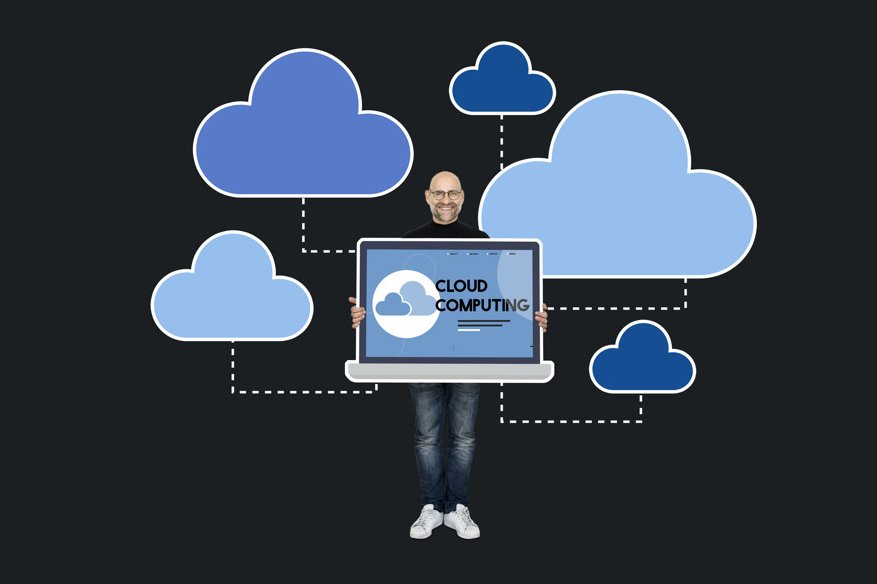The Essence of Cloud Computing

Cloud Computing in the nutshell is defined as a technology that offers services through the internet platform. The users of cloud computing service have access for free or for payment, web services offered by a service provider. The term is a trend that responds to multiple integrated characteristics. One of the examples of this “cloud” is the service provided by Google Apps that incorporate from a browser to the storage of data on their servers. The programs must be accessible anywhere as long as the user has an Internet connection.
One of the main differences of cloud computing to traditional computing is that there is no need to know the infrastructure behind it, it becomes “a cloud” where applications and services can easily grow (scale), work fast and almost never fail, without knowing the details of the operation of this “cloud”. This type of service is paid according to some consumption metric, not for the equipment used per se.
Features of cloud computing include:
- System Redundancy
- Scalability
- Virtualized
- Real-time Multiuser
- Regulated by Service Level Agreement
In a cloud computing strategy, networks become vital, since within them will run the services, applications, and data that will no longer reside in the client’s facilities. In addition, within a cloud computing strategy, networks become paramount, especially since the user no longer owns the applications or the infrastructure, which depends on how good the communication with their service provider or network provider is. the network itself.
Categories of Cloud Computing:
- Public Cloud: In simple terms, public cloud services are characterized by being available to customers of an external service provider through the Internet.
- Private Cloud: A private cloud offers many of the advantages of a public cloud computing environment. The difference between a private cloud and a public cloud is that in a private cloud, data and processes are managed within the organization without the restrictions of network bandwidth, security risks and legal requirements that the use of services in a public cloud could entail.
- Community Cloud: It is controlled and used by a group of organizations that have common interests, such as specific security requirements or a common function. Community members share access to data and applications in the cloud.
- Hybrid Cloud: It is a combination of public and private clouds that interact with each other. In this model, users tend to outsource non-critical information to the business in the public cloud, keeping essential services for the company and the data under their control.
As data grows, applications and the way to access information, new challenges arise for entrepreneurs; for example, the applications that run within the networks every day are more demanding and of different means of communication, such as video, presence and this makes a stronger request for a bandwidth, either in a local network or a WAN to the ISP.
These requirements are in the SME (Small and Medium Enterprise) and large companies; To face these challenges there is a diversity of equipment, hardware, software, and human resources, with which you can approach, to solve those problems. Another factor is that companies want the reduction of costs in the links, before which they must look for economic options and there are available solutions, with different methods, protocols, and standards.
The opportunity comes again for the integrators: whether the user does it in an outsourced way or that the same client makes the infrastructure investment and the manufacturer offers the best technology that exists in the market to make it easier and transparent. Among the challenges that come to those responsible for the network highlights the selection of applications, which must be consistent and compatible with each other; In addition, there is the correct choice of its suppliers that have adequate infrastructure, in accordance with the importance of the information, applications and business processes; in these challenges, service level contracts must also be in place to guarantee high-level support.